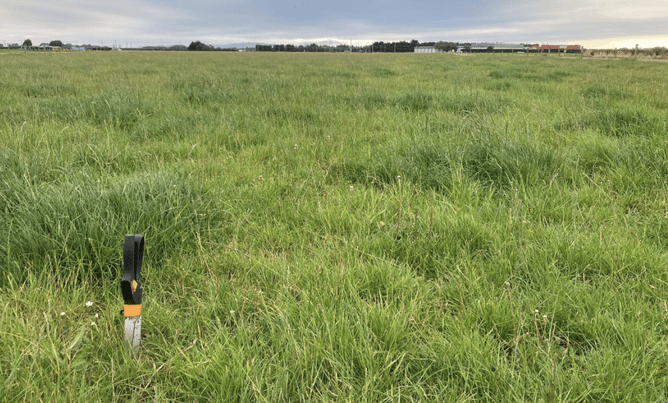Key Decisions:
Feed:
• Despite the lack of rain over the last week pasture growth has continued to meet or exceed demand at the current pasture allocations for each herd (range 14-15 kg DM/cow) resulting in small increases in average pasture cover
• Visually pasture quality appears to have improved and with 3 herds grazing new grass paddocks this week we have seen a lift in milk production.
• We are observing significant differences in the colour and evenness of pastures between the Std and LI herds (Figures 1 & 2 below) with large urine patch responses in the LI farmlets. Season to date the Std farmlet paddocks have received 115-120 kg N/ha compared to 38 kg N/ha to the LI farmlet paddocks
• Average pasture cover for the Std and LI farmlets is very similar to the same time last year.
• We are sticking with our decision to avoid grazing paddocks longer than 30 days post-grazing, in a bid to ensure that the cows are going into paddocks of better quality. As a result, this week we will step over x2 Std kale, x1 Std FB and x2 LI FB paddocks for conservation.
• Supplement will continue to be offered to all herds this week with a minimum of 2.5 kgs DM (Std FB) and the LI Kale herd getting 4 kgs DM.
• The two new grass paddocks with willow weed were grazed this week so have been topped
• The willow weed in the fodder beet paddock is now too mature to get a good kill if sprayed so hopefully, the fodder beet will out compete.
• One stack of silage is being put down this week with purchased pasture plus a cut from the winter Italian paddocks and support block pastures. This stack is earmarked for lactation feeding to the new farmlets in spring 2022.
• Snail bait has been applied to the grass to grass renovation paddocks that were planted a couple of weeks ago.
Milk production
• Milk production has lifted for the Std Kale and two LI herds this week but the Std FB continue to lag behind. This herd only grazed their new grass paddock at the end of the period so milk is not included. Milk production in the Std FB took a hit in late spring following the period of 10 n 7 milking and they have never fully recovered.
• Residuals suggest that the milk production challenges continue to be quality rather than quality driven.
• When looking at farm kgMS/ha season to date compared to the same time in previous years the Std FB farmlet is now nearly 40 kg MS behind last season while the Std kale farmlet is only 15 kg MS/ha behind. Both the LI herds are still ahead on a MS/ha basis (Figure 5).
Wintering:
• With changes to our wintering regime for 2022 as we transition into the new farm system comparison, we are revisiting the winter feed budgets to ensure we will have enough supplement on hand to feed alongside the crop.
• At this stage the plan is to winter 215 animals on a baleage system in the Italian paddocks, 80 on kale, 80 on swedes and 370 on a modified fodder beet system with cows coming off beet approximately 1 month before their due calving date.
Research:
• Nicole and Tash have observed a wide variation in the proportion of dead matter in the pastures while doing the botanical dissections. Each sample is sorted into ryegrass, other grasses, clover, weeds and dead material.
• Last year the proportion of dead matter across all paddocks averaged 10%, however with the paddocks sampled so far it is closer to 20% this year. For consistency across years the pasture samples for dissection are cut to ground level so will overestimate the proportion of dead material in the diet.
• There is a huge variation between paddocks in their composition as seen in Figure 6.
Click the link below to download our full weekly notes


